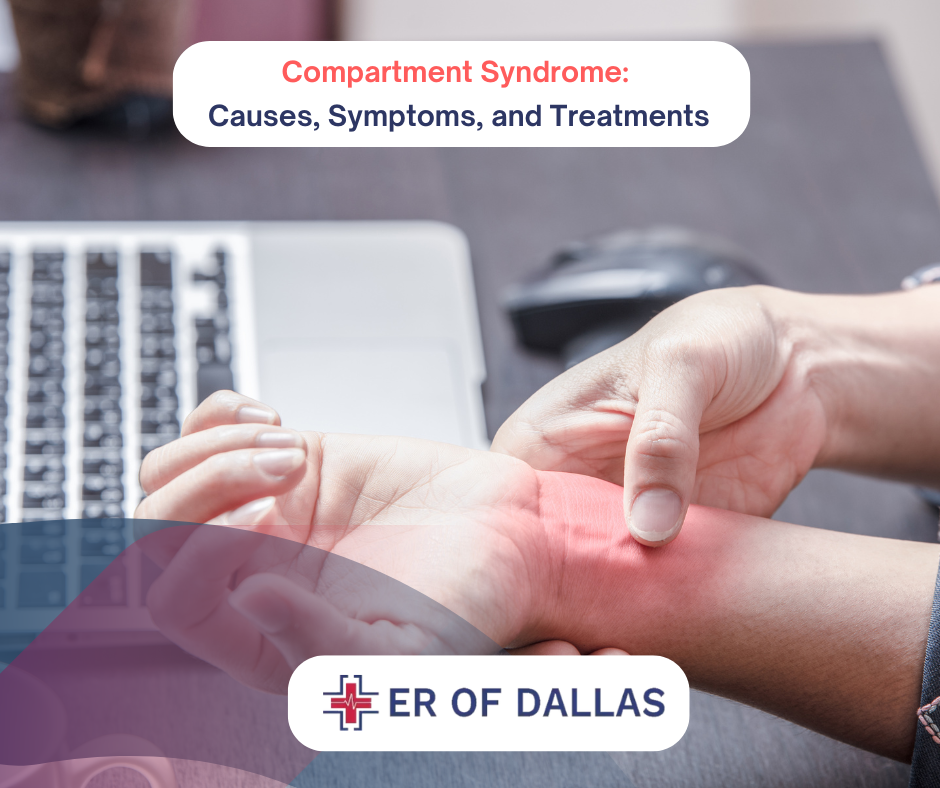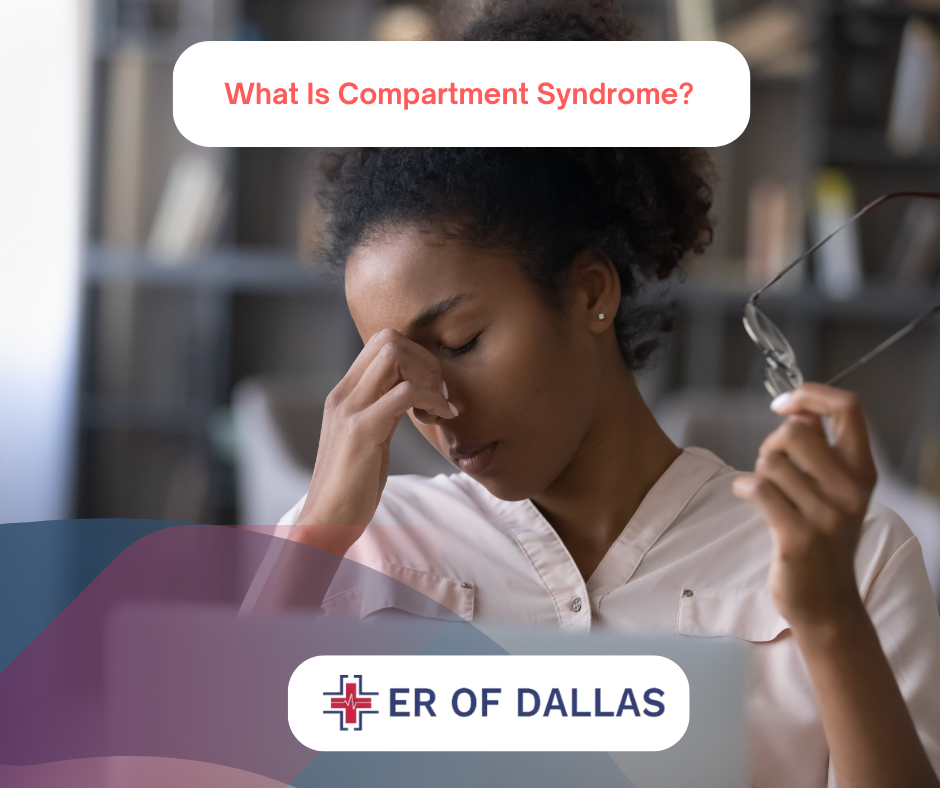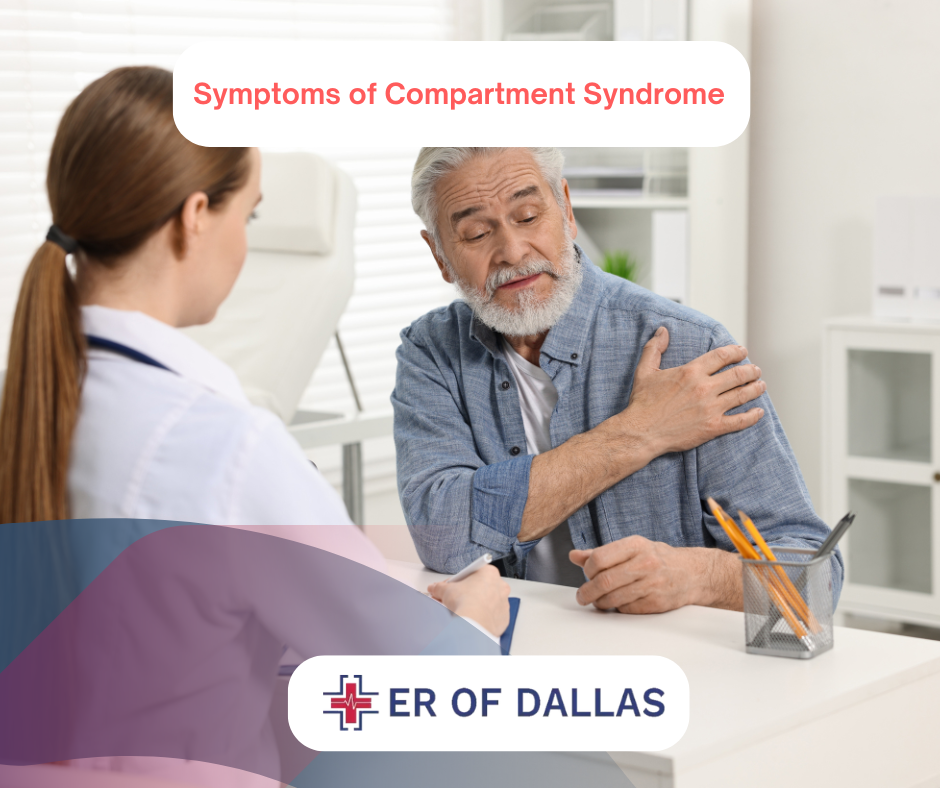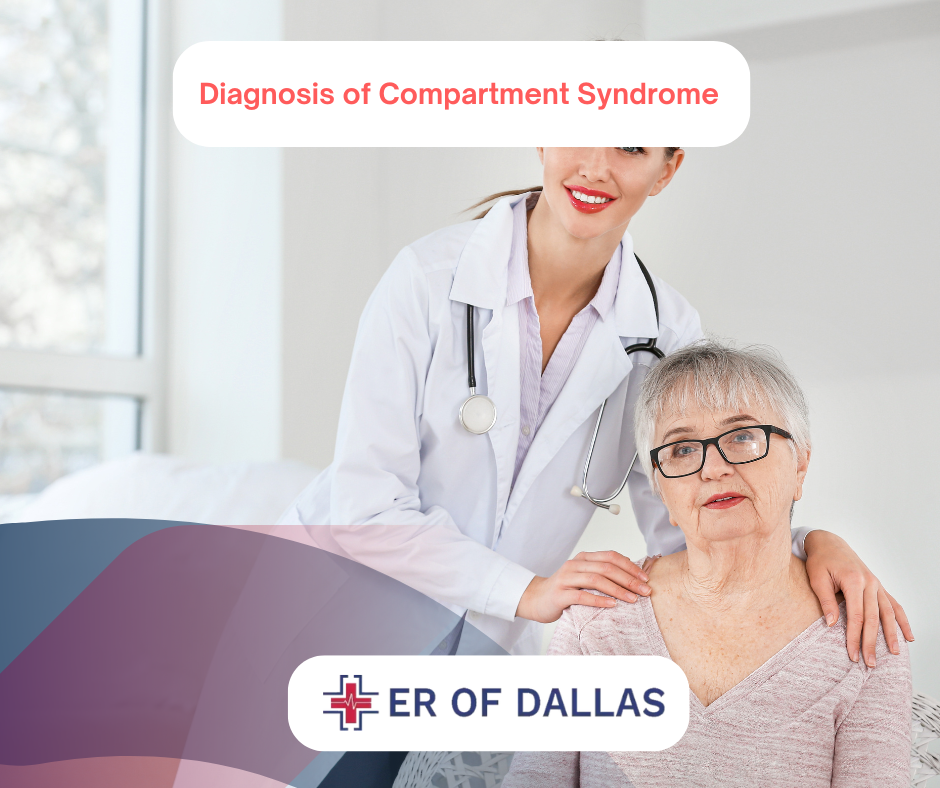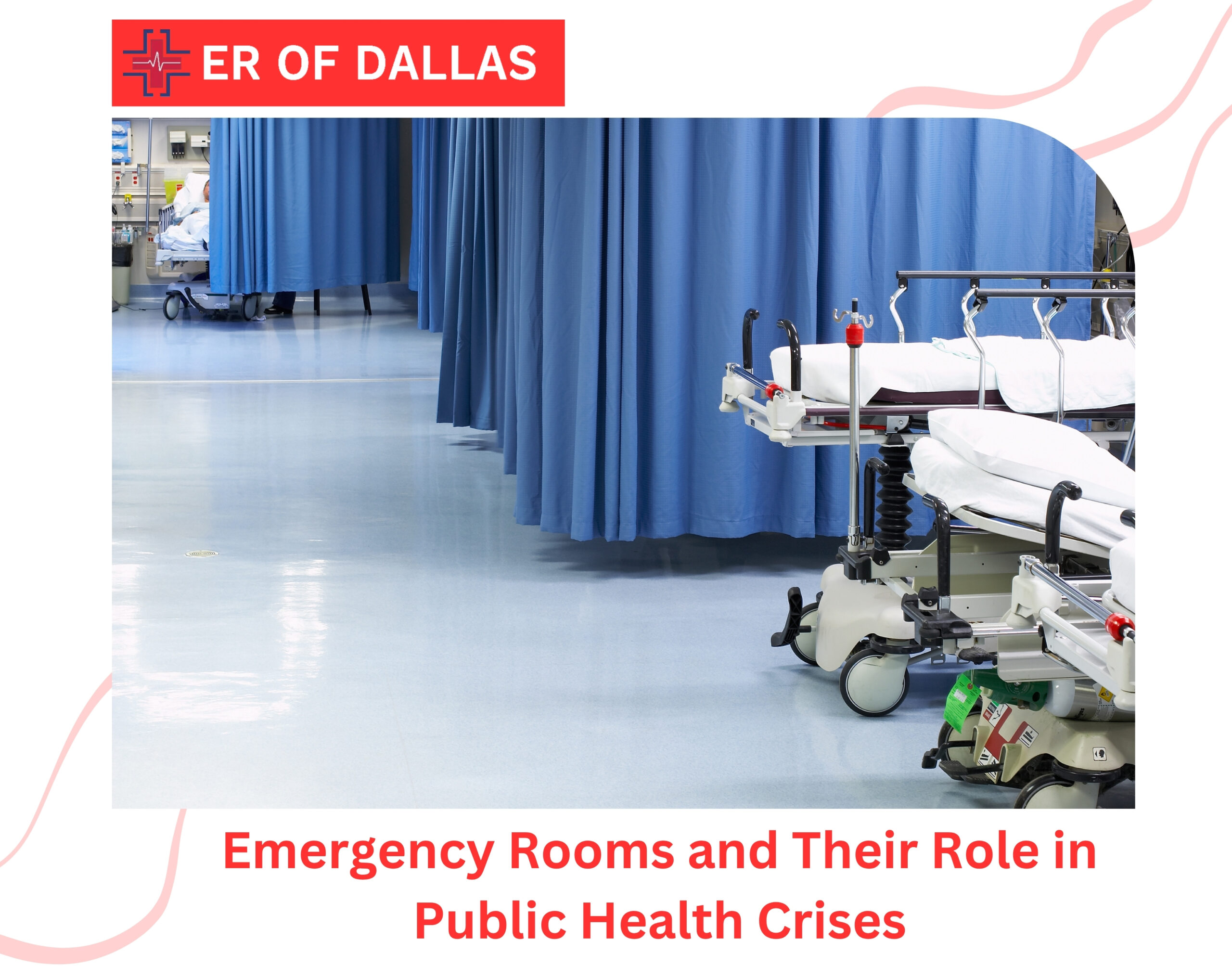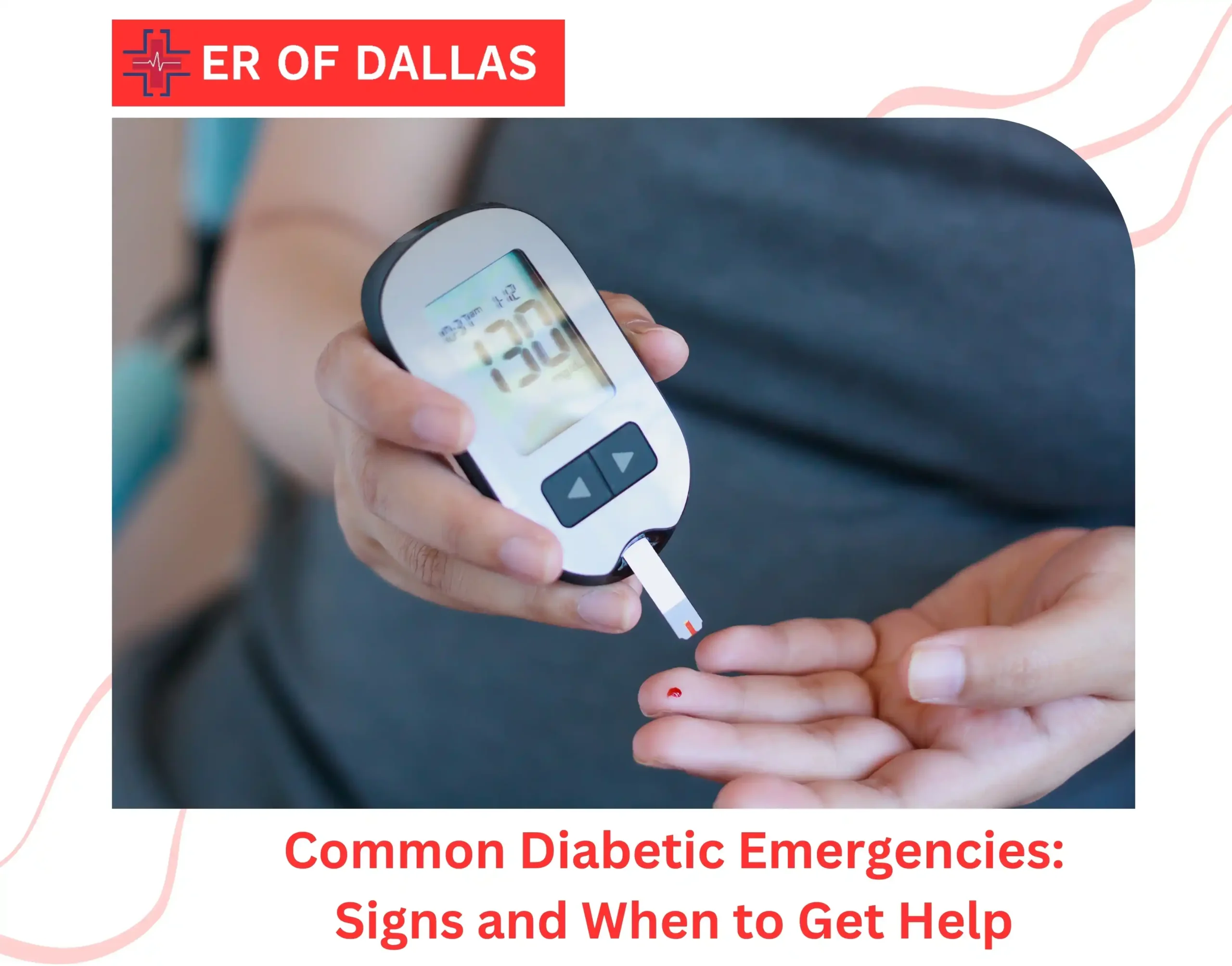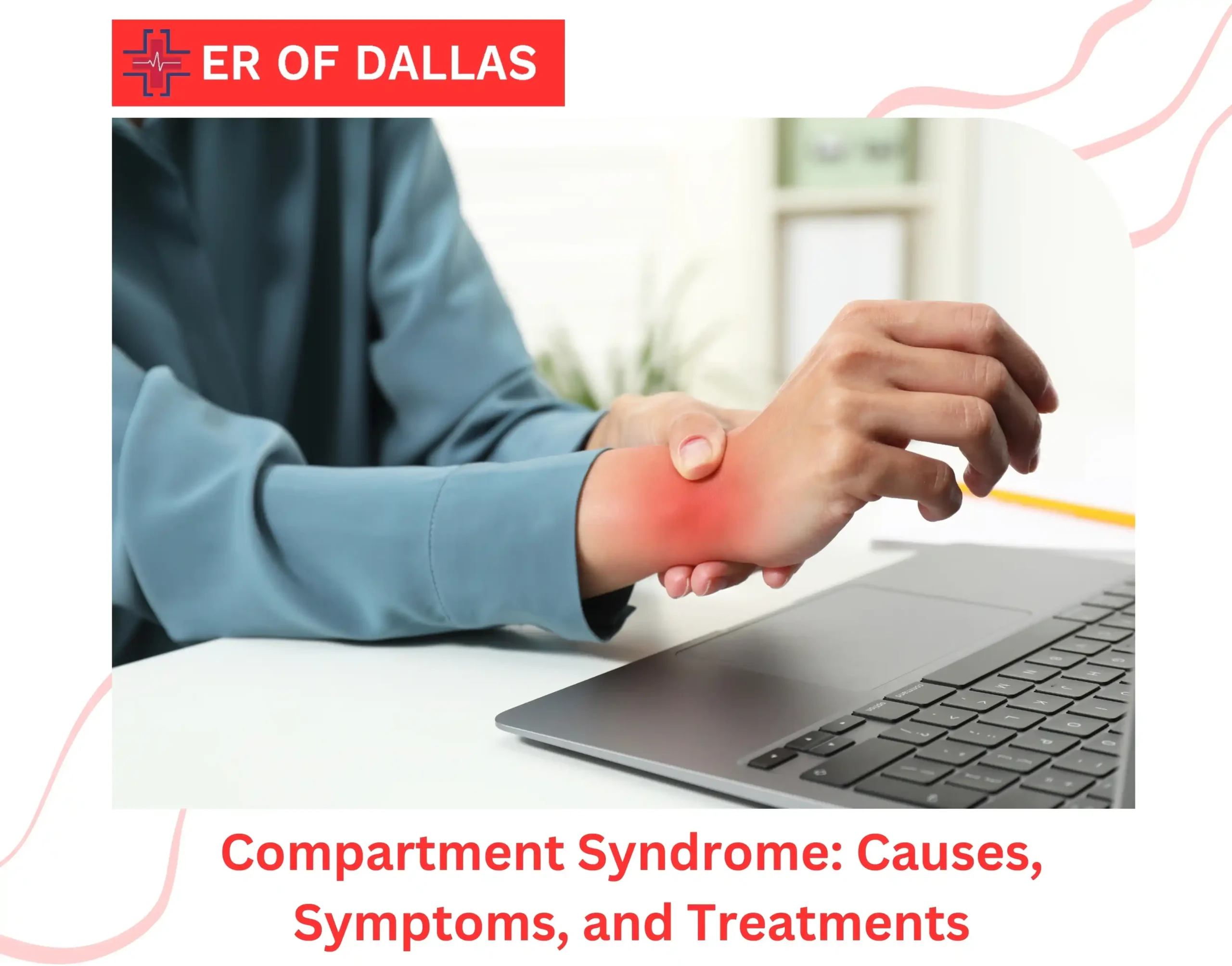Compartment syndrome: a term unfamiliar to many, yet a condition that can threaten your life and limb if left unchecked.
This silent danger often masquerades as a common injury, but it can potentially lead to permanent damage. From athletes to accident victims, anyone can fall prey to this deceptive condition.
What turns a seemingly minor injury into a medical emergency? How can you spot the warning signs when every minute counts? Let’s find out!
What Is Compartment Syndrome?
Compartment syndrome occurs when excessive pressure builds within a muscle compartment. This pressure limits the flow of blood, oxygen, and nutrients to the muscles and nerves, causing intense pain.
In medical terms, a “compartment” is a bundle of muscles, nerves, and blood vessels enclosed in a tough, flexible membrane called fascia. When pressure inside this compartment develops abnormally, the muscles press against the fascia, leading to Intracompartmental Pressure Disorder.
While this condition can affect any muscle group, it’s most frequently seen in:
- Legs, particularly the lower legs
- Arms, including hands and wrists
- Feet
- Abdomen (stomach)
- Buttocks
Types of Compartment Syndrome
There are two main types of compartment syndrome:
- Acute Compartment Syndrome: This type occurs suddenly, often following a severe injury, and is considered a medical emergency. Without prompt intervention, acute compartment syndrome can lead to lasting muscle damage, paralysis, or even death.
- Chronic Compartment Syndrome: Also called exertional compartment syndrome, it develops gradually, often due to intense physical activity or exercise. Although it’s usually not an emergency, it can be extremely painful and can greatly impact quality of life.
Symptoms of Compartment Syndrome
Early recognition of symptoms is crucial for effective treatment. Symptoms may vary depending on the severity and stage of the condition, but common signs include:
- Severe Pain: Often disproportionate to the injury, especially when stretching or using the affected muscle
- Swelling: Visible swelling with tight or shiny skin
- Numbness or Tingling: Due to nerve compression
- Weakness: Difficulty moving the affected limb
- Late Signs: In severe cases, muscle necrosis (tissue death) or loss of function may occur
Don’t ignore these warning signs. Immediate medical attention can prevent serious complications.
Evaluate Your Compartment Syndrome Symptoms Now
Causes of Compartment Syndrome
Compartment syndrome can result from various factors. The primary causes include:
- Trauma: Fractures or severe injuries can cause bleeding or swelling, rapidly increasing pressure within a muscle compartment
- Surgery: Post-surgical swelling or bleeding can also cause Fascial Compression Injury. This condition can occur after orthopedic procedures or surgeries using a tourniquet.
- Exercise: Chronic or exercise-induced Intracompartmental Pressure Disorder often affects athletes due to repetitive activities like running or cycling.
- Chest Discomfort: Chest discomfort often feels like pressure, tightness, squeezing, or outright pain in the chest area. It can be persistent or intermittent, with varying intensity from mild discomfort to severe, incapacitating pain.
- Other Causes: Severe burns, infections, or prolonged immobility can also contribute to the development of Intracompartmental Pressure Disorder.
Diagnosis of Compartment Syndrome
At the ER of Dallas, we diagnose Intracompartmental Pressure Disorder through physical examination and a series of diagnostic tests. Our expert physicians inspect your muscles and the surrounding area to determine the cause of your symptoms and rule out other conditions, such as tendinitis or shin splints, that might present similar symptoms.
It’s important to inform the healthcare provider about the activities you were engaged in when you first experienced the pain and other symptoms. Additionally, clearly communicate if certain activities alleviate or worsen your symptoms.
Tests for Diagnosing Compartment Syndrome
We may employ one or more of the following tests to confirm compartment syndrome:
- X-ray: This imaging test helps rule out bone fractures and other injuries that could be contributing to your symptoms.
- Compartment Pressure Measurement Test: The provider inserts a needle into various points within your muscle compartment. A connected machine measures the pressure inside. It may cause some discomfort, so let your provider know about the pain levels.
- Repeat Pressure Test: For suspected chronic Intracompartmental Pressure Disorder, the provider may perform the compartment pressure test and compare pressure levels before and after exercise to assess any changes.
Treatments for Compartment Syndrome
Treatment for compartment syndrome focuses on relieving pressure and restoring normal blood flow. The approach depends on the severity and underlying cause:
- Immediate Treatment: Acute cases require emergency intervention. A fasciotomy, a surgical procedure to relieve pressure, is often performed urgently to prevent permanent damage.
- Post-Surgical Care: After a fasciotomy, the wound is usually left open and monitored for a period. It may be closed later, depending on the condition of the tissues. Supportive care, including pain management and physical therapy, is essential for recovery.
- Chronic Compartment Syndrome: For chronic cases, treatment may involve modifying activities to reduce the risk of recurring symptoms. Surgical intervention might be considered if conservative measures fail.
- Prevention: Preventive measures for Intracompartmental Pressure Disorder include avoiding prolonged pressure on a limb, managing swelling after injuries, and addressing underlying conditions.
Why Timely Intervention Is Crucial
Early symptoms, such as severe pain, swelling, and numbness, demand immediate attention, as they can progress to more serious issues. A late sign of compartment syndrome may include muscle necrosis or permanent functional loss, underscoring the importance of timely intervention.
Post-surgery patients, especially those who’ve undergone orthopedic or trauma-related procedures, require careful monitoring for developing pressure within the muscle compartments. For individuals experiencing Intracompartmental Pressure Disorder in legs, it’s vital to seek medical evaluation promptly.
At ER of Dallas, we offer expert medical support and reliable care for Intracompartmental Pressure Disorder, ensuring comprehensive and urgent treatment. Our team ensures urgent treatment to protect your health and mobility.
FAQs
Will compartment syndrome go away?
Compartment syndrome needs prompt treatment to prevent permanent damage. It can often be effectively resolved with timely intervention.
How to fix compartment syndrome without surgery?
You can get temporary relief from Intracompartmental Pressure Disorder using conservative measures like rest, ice, and elevation. However, certain cases necessitate surgery.
What triggers compartment syndrome?
Compartment syndrome is triggered by increased pressure within a muscle compartment, often due to trauma, surgery, or intense physical activity.

